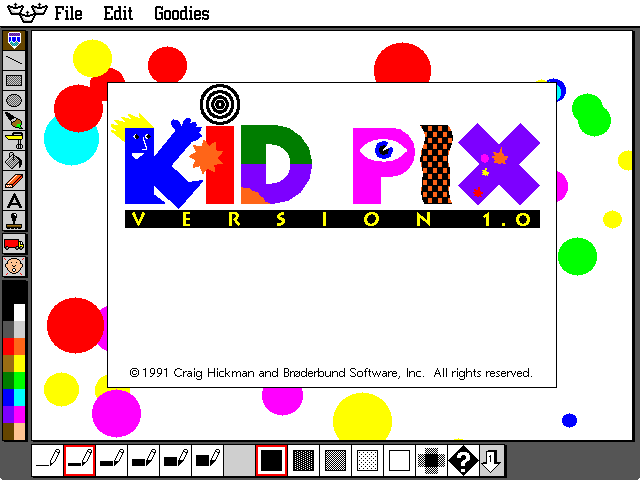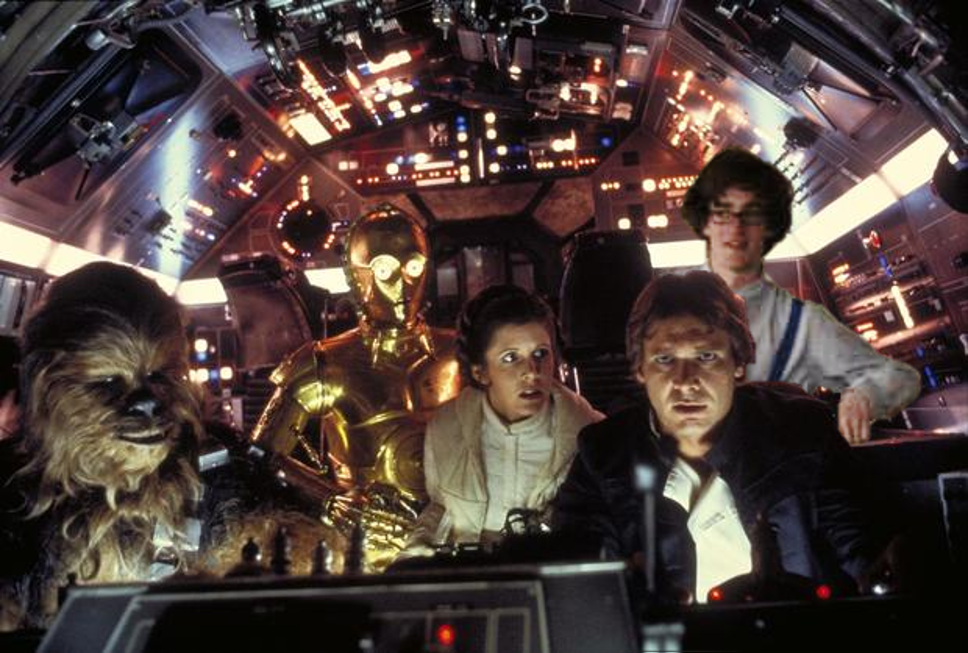415 - Homework 1
By Alistair Poole, 9/2/16
First, a graph...

...followed by an explanation of that graph

I can't really be said to have started using digital rhetoric until around elementary school. The reason for that is that before elementary school, I basically didn't use computers, and if there's one thing that digital rhetoric requires, it's the digital bit (aka computers). In elementary school, we had computer lab days where we would all go and mess around on computers, either creating something crazy in Kid Pix (fun) or learning to type properly in some boring program (not fun). Kid Pix really was the beginning of my experience using digital rhetoric. I mean, I had used computers and therefore consumed digital rhetoric before, but Kid Pix was probably the first time I had the power to create within a digital space. Thus began my life-long use digital rhetoric.
But first, a definition of "Digital Rhetoric"
The question I had in the beginning of the class was something along the lines of What makes "Digital Rhetoric" different to "normal" rhetoric? The answer that I've come to, and which I find quite satisfying, is that the rhetoric, at least in principle, is no different. I'm going to take as my definition of rhetoric the following: the art conveying meaning through aspects of a message other than the literal meaning. Given that definition, digital rhetoric is not different to rhetoric, merely a specific subset of rhetoric. It is the digital part that is different. Digital rhetoric is the use of rhetorical concepts with digital modes of creation and delivery. What makes digital rhetoric different is the specific advantages and limitations provided by digital tools.
Back to the main story
My use of computers, and by extension digital rhetoric, began with school needs, such as writing essays, making powerpoints, and similar activities. However, in middle school my use of of rhetoric took on a new face as I was introduced to the world of email and instant messaging. That is the moment when I would say that I began to truly have an identity online. I projected an image of myself onto the internet for other people to interact with. I also began to experiment with different identities for my online personas, particularly after I entered the world of Tumblr.
Comparing those times to now, I would say that my use of rhetoric in digital environments has shifted. While certain aspects remain the same, like writing word documents and creating powerpoints, I have also begun to branch out into other media, such as videos, digital art, and websites. However, even as my production of digital artifacts has increased, I have shifted away from the identity aspects of digital rhetoric. While no one can truly avoid creating an identity online, I have largely neglected public aspects of my online identity. One only needs to look at my empty facebook page, my dead tumblr account, or my nonexistent twitter to see that I'm not really a person as far as the internet is concerned.
To end, some funny pictures
An eample of digital rhetoric at use, here are pictures of me photoshopped into various pictures


